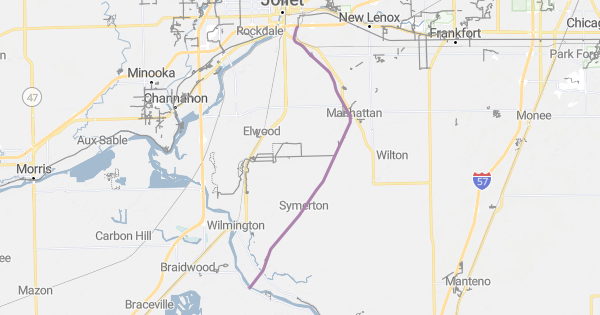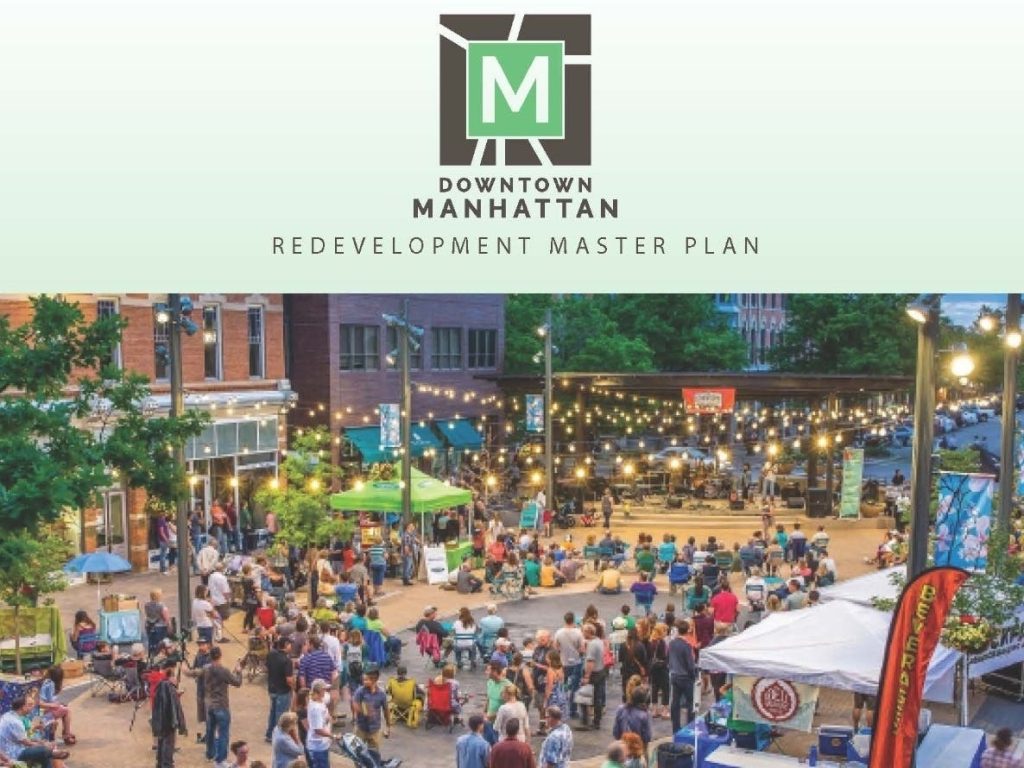Manhattan, Illinois, is a small village located in Will County, approximately 50 miles southwest of Chicago. Despite its modest size, it has a rich history and unique cultural identity that sets it apart from other communities in the state. This article explores everything you need to know about Manhattan, Illinois, from its historical background to its current demographics, education system, and transportation options.
History of Manhattan, Illinois
Manhattan was established as a township in 1853 and later incorporated as a village in 1886. The area saw significant growth due to railroad construction in the mid-19th century, which attracted many immigrants, particularly from Ireland. One of the key reasons for its incorporation was to obtain a saloon license, reflecting the influence of early settlers on local governance and culture.
Over the years, Manhattan evolved from a farming community into a more developed residential area. Today, it is home to over 10,000 residents, with a population that continues to grow steadily. The village’s heritage is deeply rooted in German and Irish traditions, which are still celebrated today through events like the annual Irish Fest, a popular spring festival that draws visitors from across the region.
Geography and Natural Features

Manhattan is situated at coordinates 41.422044, -87.981042, in northeastern Illinois. It covers a total area of 6.57 square miles (17.02 km²), all of which is land. The village lies along the Wauponsee Glacial Trail, a scenic route that offers opportunities for hiking, biking, and outdoor recreation. The Manhattan Road Access Point provides easy access to this trail, making it a popular destination for nature enthusiasts.
The village’s location near Chicago makes it an attractive place for commuters who want to live in a quieter, suburban setting while still having access to urban amenities. Its proximity to major highways and public transportation options further enhances its appeal.
Demographics and Population Trends

According to the 2020 U.S. Census, Manhattan had a population of 9,385, with an estimated increase to 10,037 by July 2021. The population has grown significantly over the past few decades, with a 111.7% increase between 2000 and 2010. This growth reflects the village’s development and its ability to attract new residents.
Demographically, Manhattan is predominantly white, with 97.21% of the population identifying as White. Other racial groups include African American (0.21%), Native American (0.12%), Asian (0.21%), and individuals from other races (1.17%). Approximately 3.02% of the population identifies as Hispanic or Latino.
The age distribution shows that 32.4% of residents are under 18, while 7.3% are 65 or older. The median age is 32 years, indicating a relatively young population. In terms of household structure, 65.6% of households are married couples, and 20.3% consist of individuals living alone. The average household size is 2.91, with a family size of 3.41.
Economy and Income Levels
Manhattan has a stable economy, with a median household income of $55,559 and a median family income of $62,865. Males earn a median income of $50,174, while females earn $30,865. The per capita income is $21,666, which is slightly above the national average.
Poverty rates in the village are relatively low, with only 1.0% of families and 3.6% of the population living below the poverty line. Among those under 18, the poverty rate is 0.7%, and for those 65 or older, it is 4.7%. These figures suggest that Manhattan is a financially stable community with a good quality of life for its residents.
Education System

Manhattan is served by School District 114, one of the higher-achieving school districts in Illinois. The district includes three schools: Wilson Creek Elementary School (K–2), Anna McDonald School (3–5), and Manhattan Junior High School (6–8). Students in high school attend Lincoln-Way West High School in New Lenox, Illinois.
The district is known for its strong academic programs and commitment to student success. With a focus on both traditional and innovative teaching methods, the schools in Manhattan provide students with a well-rounded education that prepares them for future challenges.
Civic Organizations and Community Life

Manhattan is home to several civic organizations that contribute to the community’s vibrancy and sense of belonging. The American Legion Post number 935 and the Lions Club are active in providing support to veterans and local initiatives. The Boy Scouts of America, Rainbow Council, Troop 155, and Cub Scouts Pack 155 also play an important role in youth development and community engagement.
These organizations offer a variety of programs and events throughout the year, including charity drives, educational workshops, and social gatherings. Their presence helps foster a strong sense of community and encourages residents to get involved in local activities.
Transportation and Accessibility
Manhattan is well-connected to the surrounding areas through a combination of highways and public transportation. U.S. Route 52 runs through the village, providing a direct link to nearby cities and towns. Additionally, the village has a station on Metra’s SouthWest Service, which offers weekday rail service to Union Station in Chicago. As the southern terminus of the line, Manhattan serves as a convenient hub for commuters traveling to and from the city.
This accessibility makes Manhattan an ideal location for those who work in Chicago but prefer to live in a smaller, more relaxed community. The availability of public transportation options also supports a sustainable lifestyle for residents who choose to minimize their reliance on personal vehicles.
Conclusion
Manhattan, Illinois, may be a small village, but it offers a unique blend of history, culture, and modern amenities. From its rich immigrant heritage to its strong educational system and excellent transportation links, the village has much to offer residents and visitors alike. Whether you’re looking for a peaceful place to raise a family, a convenient commute to Chicago, or simply a community with a strong sense of identity, Manhattan is a great choice.
Call to Action
Stay updated with the latest news and developments in Manhattan, Illinois. Explore the vibrant community, learn about upcoming events, and discover what makes this village so special.
Author: Sarah Mitchell
Title/Role: Staff Writer
Credentials: Sarah is a seasoned journalist with over a decade of experience covering local news and community issues in the Midwest. She specializes in storytelling that highlights the unique characteristics of small towns and their residents.
Profile Link: Sarah Mitchell Profile
Sources:
1. U.S. Census Bureau – 2020 Population Data
2. Illinois Department of Transportation – Highway Information
3. Metra – SouthWest Service Information
Internal Links:
– Top US News Updates
– Trending News USA
– Current Events in USA
Schema Markup:
{
"@context": "https://schema.org",
"@type": "Article",
"headline": "Everything You Need to Know About Manhattan, Illinois",
"description": "Discover the history, demographics, and culture of Manhattan, Illinois, a vibrant village in Will County.",
"author": {
"@type": "Person",
"name": "Sarah Mitchell"
},
"datePublished": "2025-04-05",
"dateModified": "2025-04-05",
"publisher": {
"@type": "Organization",
"name": "US Trending News",
"logo": {
"@type": "ImageObject",
"url": "https://example.com/logo.png"
}
}
}
Featured Snippet (40-60 words):
Manhattan, Illinois, is a village in Will County with a population of over 10,000. Known for its history, cultural events like Irish Fest, and strong education system, it offers a mix of suburban living and accessibility to Chicago. Learn more about its demographics, transportation, and community life.











More Stories
US Trending News: Youngboy Concert in Birmingham: What to Know Before You Go
Whitefish Bay Trick or Treat 2025: A Complete Guide for Residents and Visitors
US Trending News: What Happened in Manhattan, Illinois